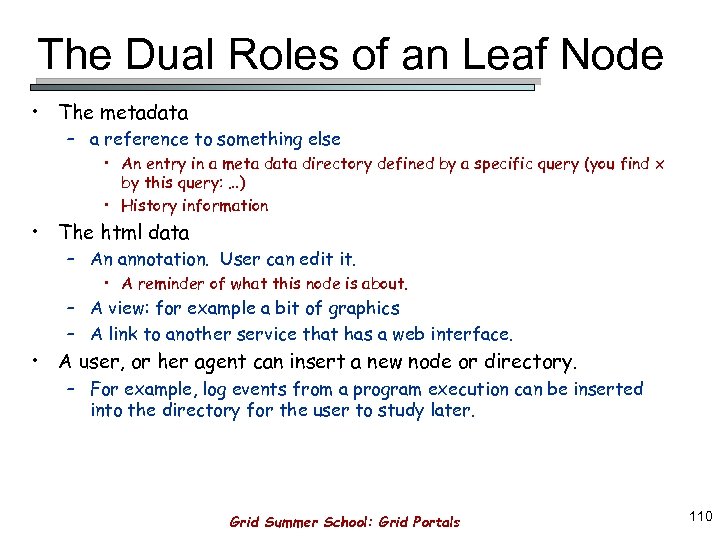

The early Internet was more open than present day, where two machines connected to the Internet could send packets to each other without firewalls and other security measures. Tim Berners-Lee's vision for the World Wide Web was close to a P2P network in that it assumed each user of the web would be an active editor and contributor, creating and linking content to form an interlinked "web" of links.
#Java network file sharing system software#
The peer-to-peer movement allowed millions of Internet users to connect "directly, forming groups and collaborating to become user-created search engines, virtual supercomputers, and filesystems." The basic concept of peer-to-peer computing was envisioned in earlier software systems and networking discussions, reaching back to principles stated in the first Request for Comments, RFC 1. While P2P systems had previously been used in many application domains, the concept was popularized by file sharing systems such as the music-sharing application Napster (originally released in 1999). In such social contexts, peer-to-peer as a meme refers to the egalitarian social networking that has emerged throughout society, enabled by Internet technologies in was established in 1999 The concept has inspired new structures and philosophies in many areas of human interaction. While P2P systems had previously been used in many application domains, the architecture was popularized by the file sharing system Napster, originally released in 1999. Peers are both suppliers and consumers of resources, in contrast to the traditional client–server model in which the consumption and supply of resources is divided. Peers make a portion of their resources, such as processing power, disk storage or network bandwidth, directly available to other network participants, without the need for central coordination by servers or stable hosts. They are said to form a peer-to-peer network of nodes.

Peers are equally privileged, equipotent participants in the application. Peer-to-peer ( P2P) computing or networking is a distributed application architecture that partitions tasks or workloads between peers. A network based on the client–server model, where individual clients request services and resources from centralized servers


 0 kommentar(er)
0 kommentar(er)
